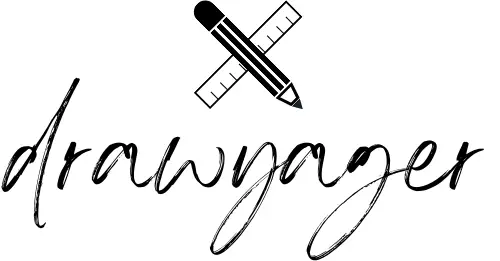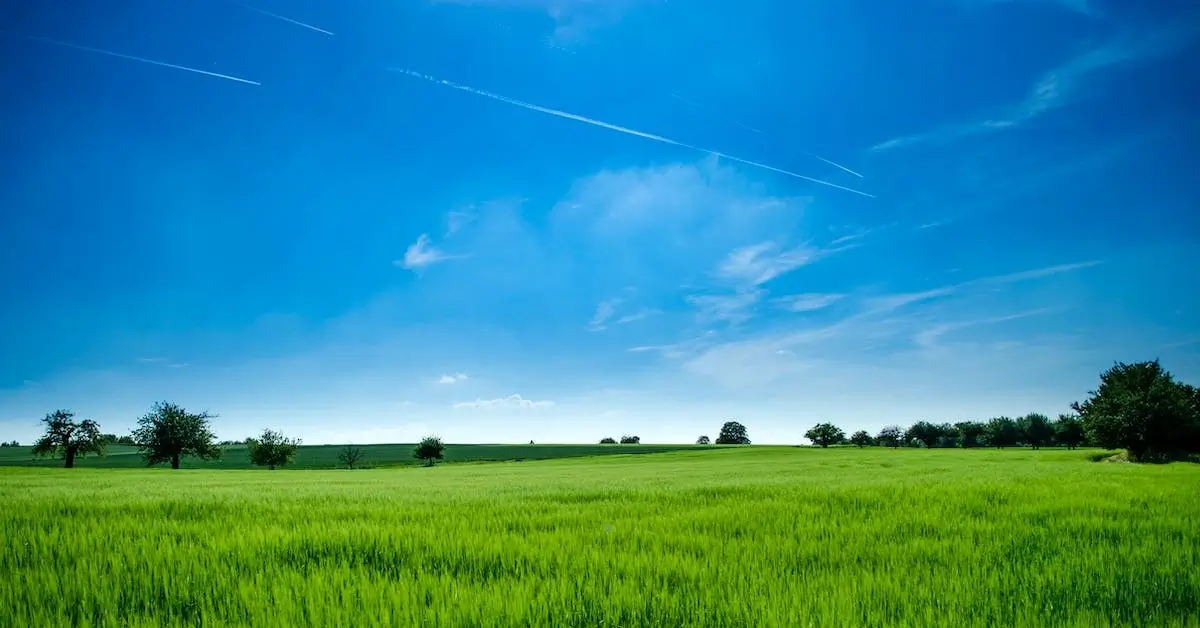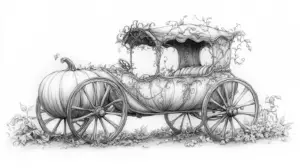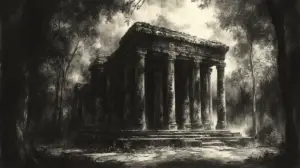Drawing landscapes offers a splendid chance to capture the beauty of the natural environment while displaying your artistic talents. Regardless if you’re a beginner or have spent years refining your skills, there exists an endless variety of ideas for landscape drawings to explore. From majestic mountains to tranquil shores, nature provides a vast wellspring of inspiration for your next piece of art.
If you’re looking for inspiration for your next landscape drawing project, you’ve come to the right place. In this article, I’ll share some landscape drawing ideas that are sure to spark your imagination. These ideas cater to artists of all levels, from simple sketches to more complex compositions. So grab your sketchbook and let’s get started!
Choosing Your Landscape
When it comes to landscape drawing ideas, choosing the right landscape is crucial. Whether you want to draw a mountain range, a forest, or a beach, understanding composition, selecting a focal point, and incorporating foreground, middleground, and background are important factors to consider.
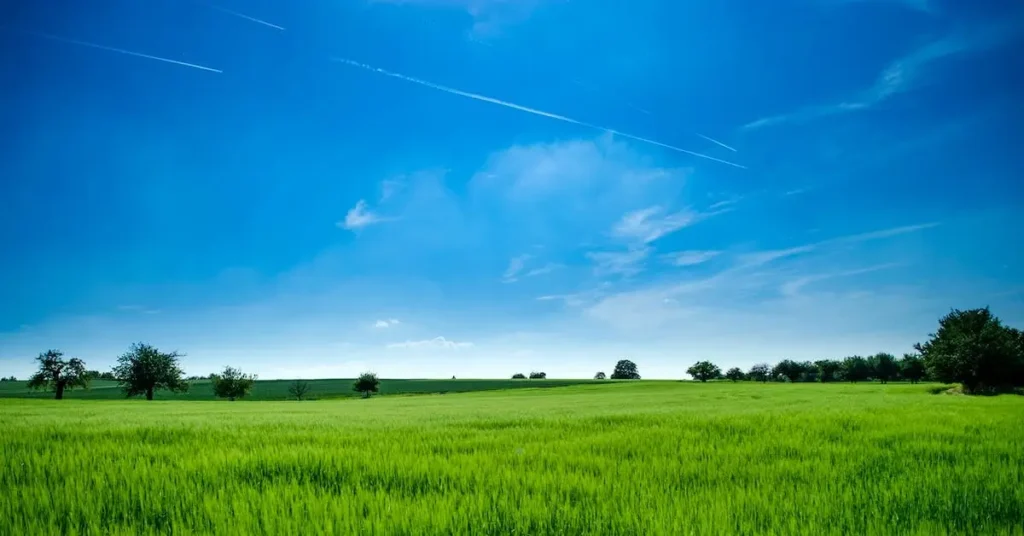
Understanding Composition
Composition is the arrangement of elements in your drawing. It’s important to understand the basic principles of composition to create a visually appealing artwork. One of the most important principles is the rule of thirds. This principle suggests dividing your drawing into thirds both vertically and horizontally, and placing your focal point at one of the intersections. This creates balance and visual interest.
Selecting a Focal Point
A focal point is the main element in your drawing that draws the viewer’s attention. It’s important to select a focal point that is interesting and visually appealing. It could be a tree, a rock formation, or a building. Once you have selected your focal point, you can start building your composition around it.
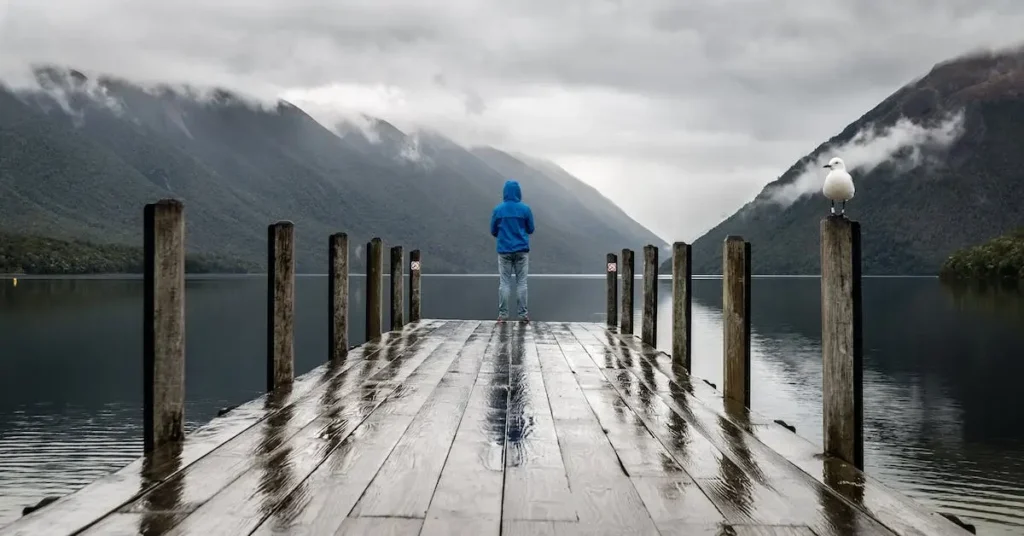
Incorporating Foreground, Middleground, and Background
Foreground, middleground, and background are important elements in landscape drawing. Foreground is the area closest to the viewer, middleground is the area in the middle, and background is the area farthest away. Incorporating these elements in your drawing creates depth and perspective. You can use overlapping shapes, size variation, and atmospheric perspective to create a sense of distance.
By understanding composition, selecting a focal point, and incorporating foreground, middleground, and background, you can create a visually appealing landscape drawing. Keep these tips in mind when choosing your landscape and you’ll be on your way to creating stunning artwork.
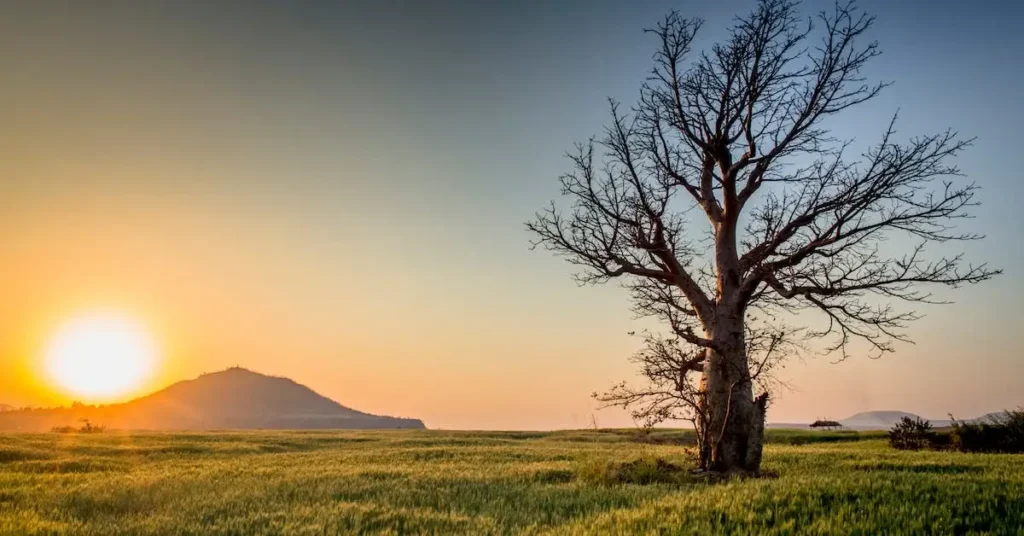
Drawing Techniques
If you’re new to landscape drawing, it’s important to start with the basics. Here are some sketching basics to help you get started:
Sketching Basics
- Composition: Before you start drawing, take a moment to plan out your composition. Think about the placement of the horizon line, the focal point, and any elements you want to include in your landscape.
- Gesture Drawing: To capture the essence of your landscape, start with gesture drawing. This involves quickly sketching the basic shapes and lines of your scene to establish the overall composition.
- Blocking In: Once you have your basic gesture drawing, you can start blocking in the major shapes and values of your landscape. This will help you establish the overall structure of your composition.
Shading and Texture
To create depth and texture in your landscape drawing, shading is essential. Here are some tips for shading and texture:
- Value Scale: Before you start shading, create a value scale to help you determine the lightness and darkness of your shadows and highlights. This will help you create a more realistic and dimensional landscape.
- Hatching and Cross-Hatching: To create texture and shading, use hatching and cross-hatching techniques. This involves drawing parallel or criss-crossing lines to create the illusion of shadow and light.
- Blending: To create a smooth transition between light and dark areas, use blending techniques. You can use your finger, a blending stump, or a piece of tissue to blend your shading.
Perspective Drawing
Perspective drawing is essential for creating a realistic and believable landscape. Here are some tips for perspective drawing:
- One-Point Perspective: One-point perspective is a simple technique that involves drawing your landscape as if it is receding into a single point on the horizon line. This technique is great for creating a sense of depth and distance.
- Two-Point Perspective: Two-point perspective is a more complex technique that involves drawing your landscape as if it is receding into two points on the horizon line. This technique is great for creating a sense of height and depth.
- Foreshortening: Foreshortening is a technique that involves drawing an object as if it is closer to the viewer, making it appear shorter than it is. This technique is great for creating a sense of depth and dimension in your landscape.
Inspirational Sources
As an artist, I’m always on the lookout for new sources of inspiration for my landscape drawings. Whether it’s a stunning natural scene or a bustling urban landscape, there are endless possibilities for creating beautiful works of art. Here are a few of my favorite sources of inspiration for landscape drawing ideas:
Nature and Outdoor Landscape Drawing Ideas
One of the most obvious sources of inspiration for landscape drawing is the natural world around us. From rolling hills and majestic mountains to tranquil lakes and rushing rivers, there is no shortage of breathtaking scenery to capture on paper. I suggest taking long walks or hikes in nature to clear the mind and gather inspiration for drawings. It’s also a good idea to take photographs of the scenery to refer back to later.
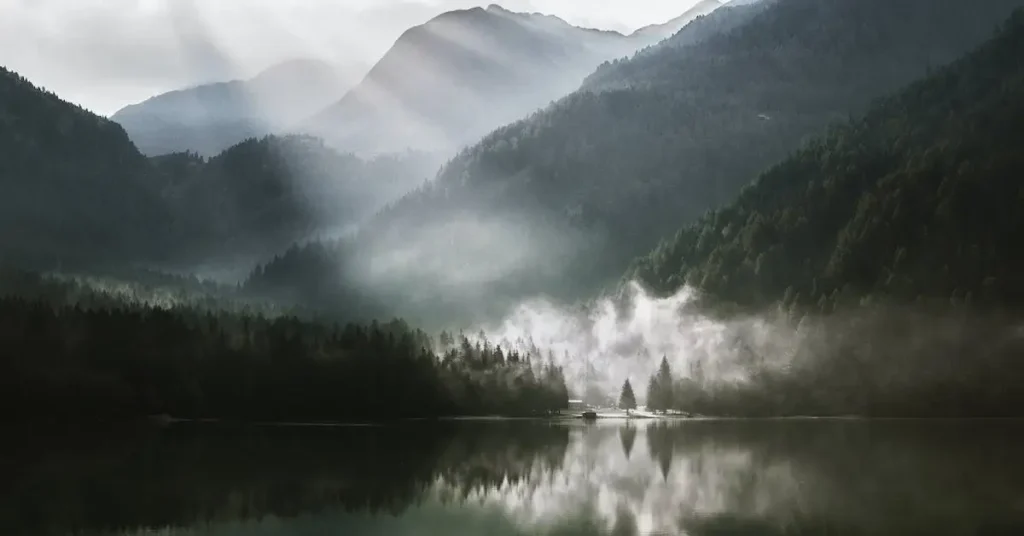
Urban Landscapes
While nature scenes are certainly beautiful, there is also something captivating about the hustle and bustle of city life. Urban landscape drawing ideas can be just as inspiring as natural scenes, with their towering skyscrapers, bustling streets, and vibrant energy. I like to explore different neighborhoods and take in the unique architecture and atmosphere of each one. Drawing urban landscapes can also be a great way to practice perspective and architectural drawing skills.
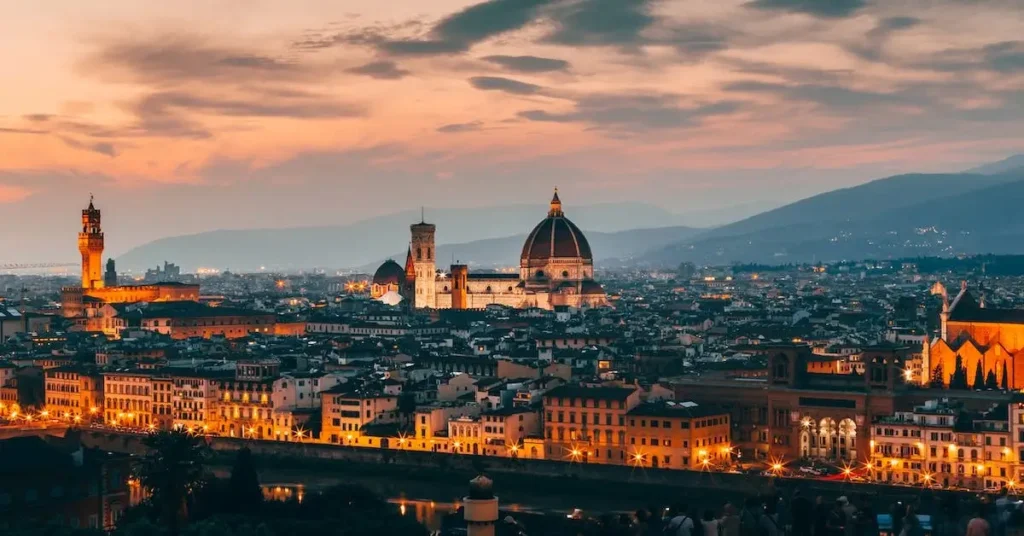
Imaginary and Fantasy Settings
Sometimes, the most exciting landscapes to draw are the ones that exist only in our imaginations. Creating imaginary and fantasy settings allows us to let our creativity run wild and explore new worlds and possibilities. Whether it’s a mystical forest or a futuristic cityscape, the possibilities are endless. I like to draw inspiration from books, movies, and video games to create my unique fantasy landscapes.
In summary, there are countless sources of inspiration for landscape drawing ideas. Whether you prefer natural scenes, urban landscapes, or imaginary settings, there is no shortage of beauty and creativity to be found in the world around us.
Capturing Different Times of Day
It’s important to capture the essence of different times of day in your landscape drawings. By using different techniques and tools, you can create stunning and realistic drawings that depict the beauty of nature.
Sunrise and Sunset
Sunrise and sunset are two of the most beautiful times of day to capture in your landscape drawing ideas. To capture the warm glow of the sun, use warm colors such as oranges, yellows, and reds. You can also use shading techniques to create depth and dimension in your drawing.
One technique that works particularly well for sunrise and sunset scenes is blending. By blending different colors, you can create a seamless transition between different shades. This technique is especially effective for creating a smooth transition between the warm colors of the sun and the cooler colors of the sky.

Nocturnal Scenes
Nocturnal scenes can be challenging to capture in a landscape drawing, but they can also be some of the most beautiful. To create a realistic nocturnal scene, start by using dark colors such as blues, purples, and blacks. Use shading to create depth and dimension in your drawing.
One technique that works well for nocturnal scenes is adding light sources. This can be done by adding stars in the sky or streetlights in the foreground. By adding light sources, you can create a sense of depth and perspective in your landscape drawing ideas.
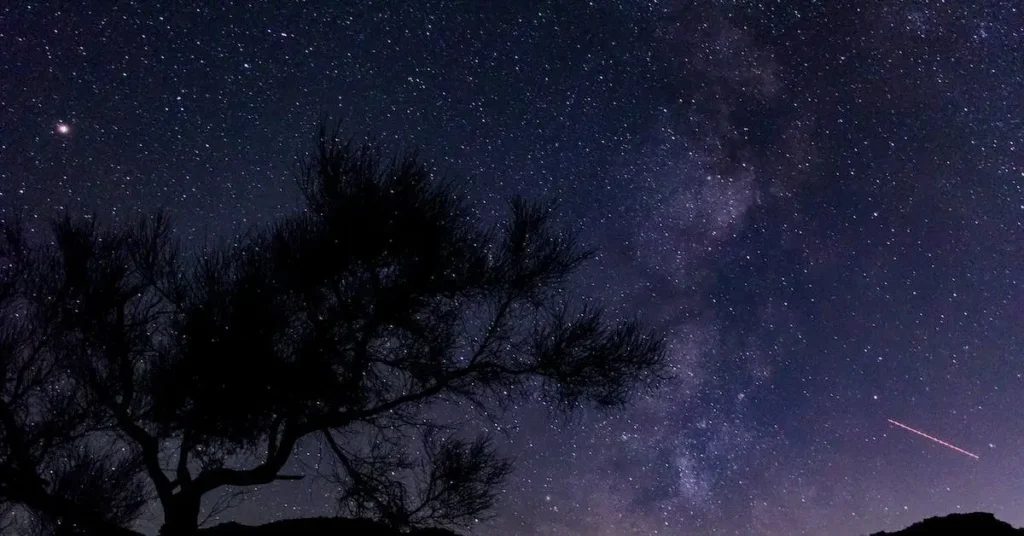
Seasonal Landscapes
As an artist, I find inspiration in the changing seasons to bring my landscape drawing ideas to life. The colors, textures, and atmosphere of different times of the year can make for stunning landscape drawings. In this section, I’ll share some ideas for creating seasonal landscapes.
Spring and Summer
Spring and summer are filled with vibrant colors and lush greenery. You can capture the beauty of these seasons by drawing blooming flowers, trees, and fields. Consider using a variety of media to create texture and depth in your drawings. For example, you can use watercolor to create a soft, dreamy effect or colored pencils to add intricate details.
One idea is to draw a garden or a park filled with flowers. You can add some birds or butterflies to make it more lively. Another idea is to draw a beach or a lake with people enjoying the warm weather. You can use a mix of blues and greens to create a serene atmosphere.
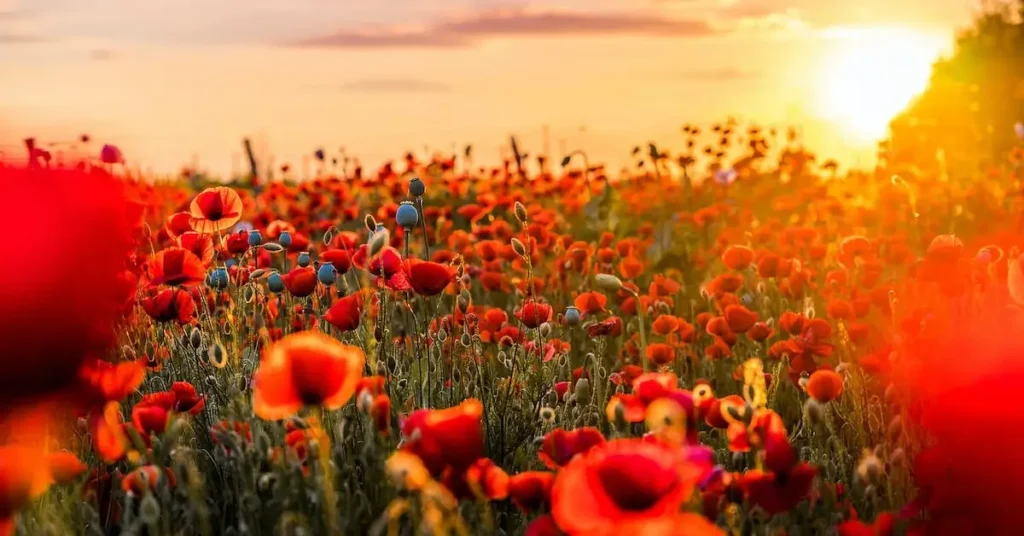
Autumn and Winter
Autumn and winter landscapes are characterized by warm colors and stark contrasts. You can create a cozy feeling by drawing a cabin in the woods or a snowy mountain scene. One idea is to draw a fall forest with leaves changing colors. You can use a mix of oranges, yellows, and browns to create a warm, inviting atmosphere.
Other landscape drawing ideas are to draw winter scenes with snow and ice. You can use white pencil or paint to create the snow and blue to create the shadows. You can also add some trees or a cabin to make it more interesting.
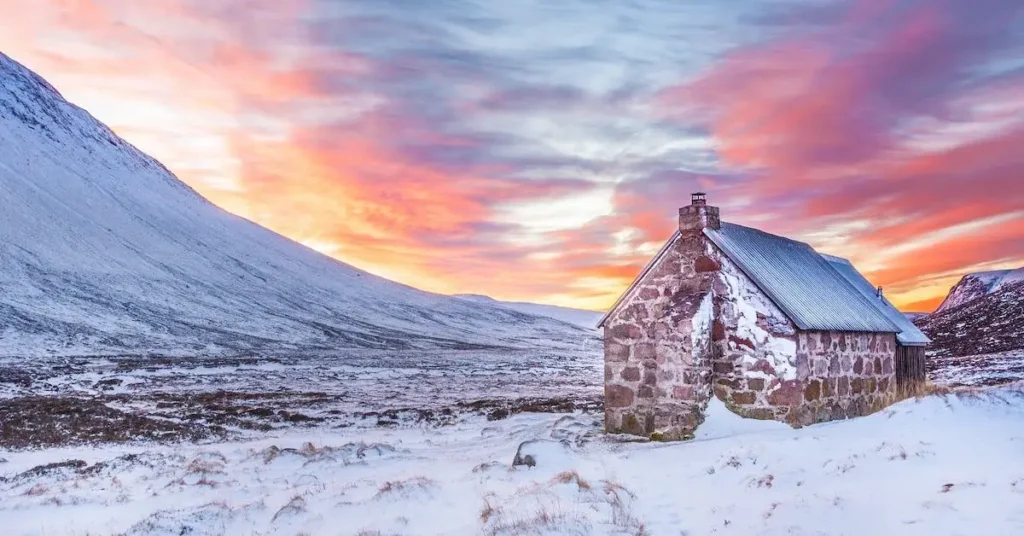
Incorporating Water Elements
I find that incorporating water elements into my drawings adds a certain level of tranquility and beauty to the overall design. There are many ways to incorporate water elements into your landscape drawing ideas, such as adding lakes, rivers, or seascapes. In this section, I’ll provide some tips and ideas for incorporating these elements into your landscape drawings.
Lakes and Rivers
Lakes and rivers are a popular choice for incorporating water elements into landscape drawing ideas. When drawing a lake, it’s important to consider the surrounding landscape and the reflection of the sky on the water’s surface. Adding trees and mountains in the background can create a stunning effect. When drawing a river, consider the flow of the water and the way it interacts with the surrounding landscape. Adding rocks and boulders can create a natural-looking riverbed.
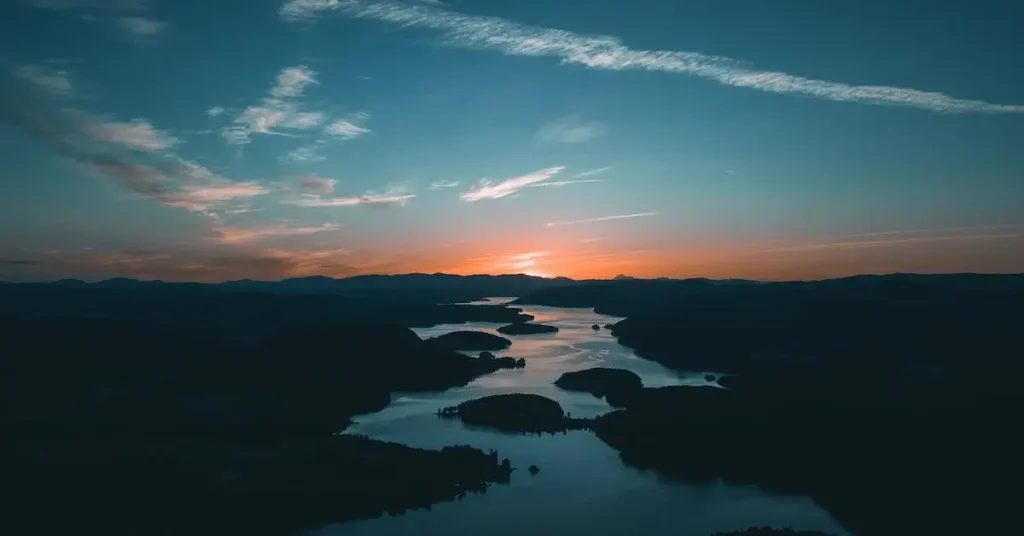
Seascapes
Seascapes are another popular choice for incorporating water elements into landscape drawings. When drawing a seascape, consider the way the waves crash against the shore and the color of the water. Adding boats or lighthouses can create a more interesting and dynamic scene. You can also add seagulls or other birds to create a more realistic effect.
Incorporating water elements into your landscape drawing ideas can add a certain level of beauty and tranquility to your designs. Whether you choose to draw a lake, river, or seascape, there are many ways to create a stunning and realistic effect.
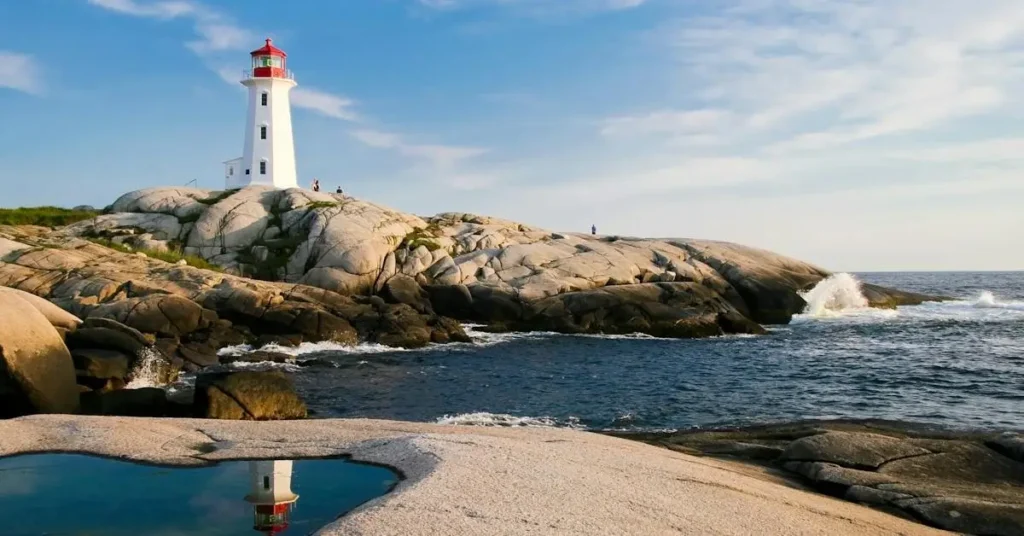
Drawing Wildlife and Flora
Incorporating wildlife and flora into my landscape drawing ideas adds depth and interest to the overall scene. Here are some ideas for drawing wildlife and flora in your landscape drawings.
Trees and Plants
Trees and plants are a crucial part of any landscape drawing ideas. They add texture, color, and depth to the scene. When drawing trees and plants, it’s essential to pay attention to the details. Take note of the shape of the leaves, the texture of the bark, and the way the branches and stems grow.
One technique I find helpful is to use a reference photo to guide my drawing. Take a photo of a tree or plant that catches your eye, and use it as a reference. You can also experiment with different perspectives, such as drawing a tree from below or above.
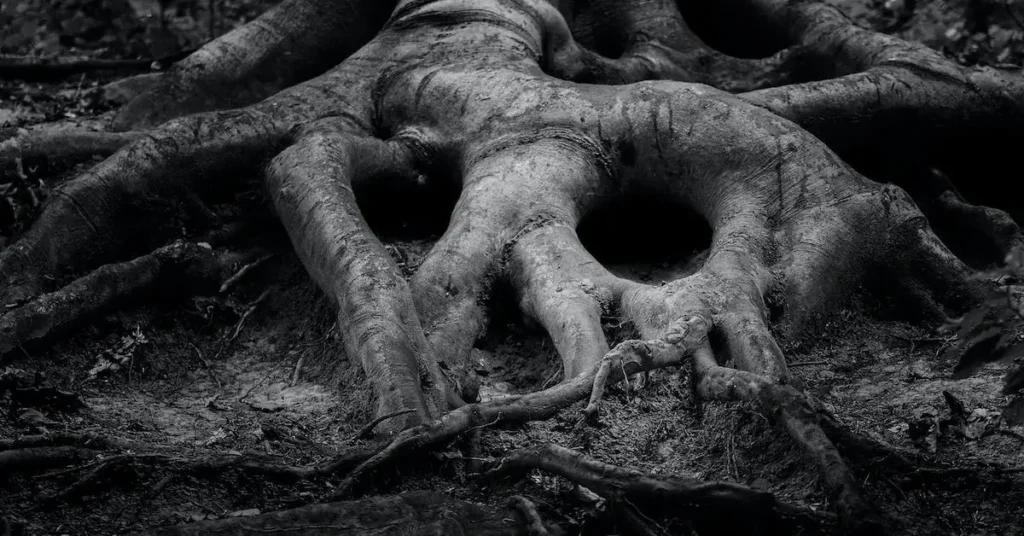
Animals and Birds
Drawing animals and birds can be challenging, but it’s worth the effort. They add movement and life to your landscape drawing. When drawing animals and birds, pay attention to their anatomy and characteristics. Observe how they move and interact with their surroundings.
One technique I find helpful is to start with basic shapes and build up from there. For example, when drawing a bird, start with a circle for the head and a triangle for the beak. Then add details such as feathers and wings.
Remember, when drawing wildlife and flora, practice makes perfect. Keep experimenting with different techniques and styles until you find what works best for you. With time and patience, you’ll be able to create stunning landscape drawings that capture the beauty of nature.
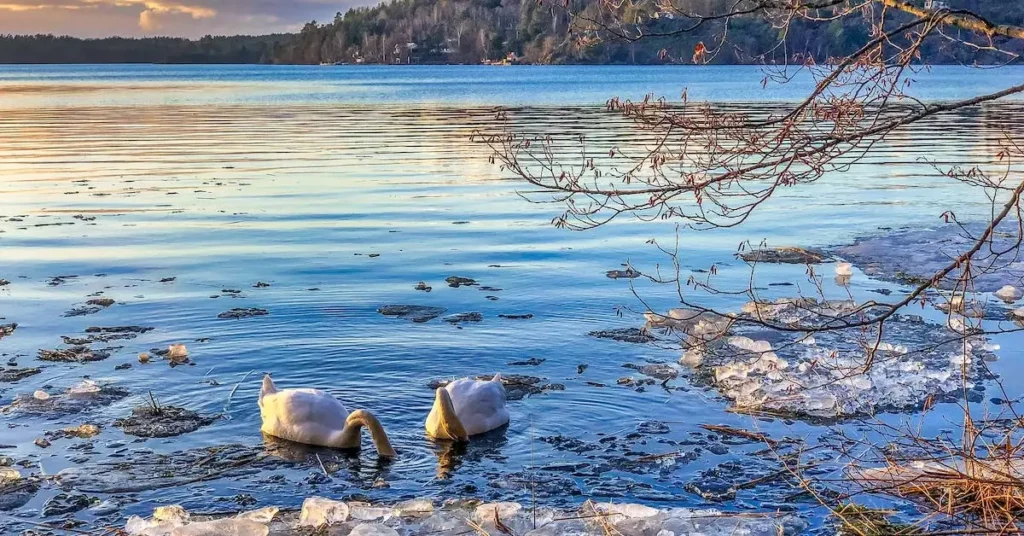
Enhancing Realism
I always strive to make my landscape drawing ideas look as realistic as possible. Here are a few tips that I use to enhance the realism in my drawings.
Atmospheric Effects
Atmospheric effects can add depth and realism to a landscape drawing. To create a sense of distance, I use lighter values and less detail in the background while adding more detail and darker values in the foreground. I also use atmospheric perspective to create the illusion of depth. This involves using cooler colors and lighter values in the background and warmer colors and darker values in the foreground.
Light and Shadow
Light and shadow are important elements when choosing landscape drawing ideas. To make my drawings look more realistic, I pay close attention to the way light falls on different objects and surfaces. I use shading techniques to create the illusion of three-dimensional form and to show the direction of the light source. I also pay attention to the way shadows are cast and use them to create depth and contrast.
By incorporating atmospheric effects and paying close attention to light and shadow, you can create drawings that are both beautiful and realistic.
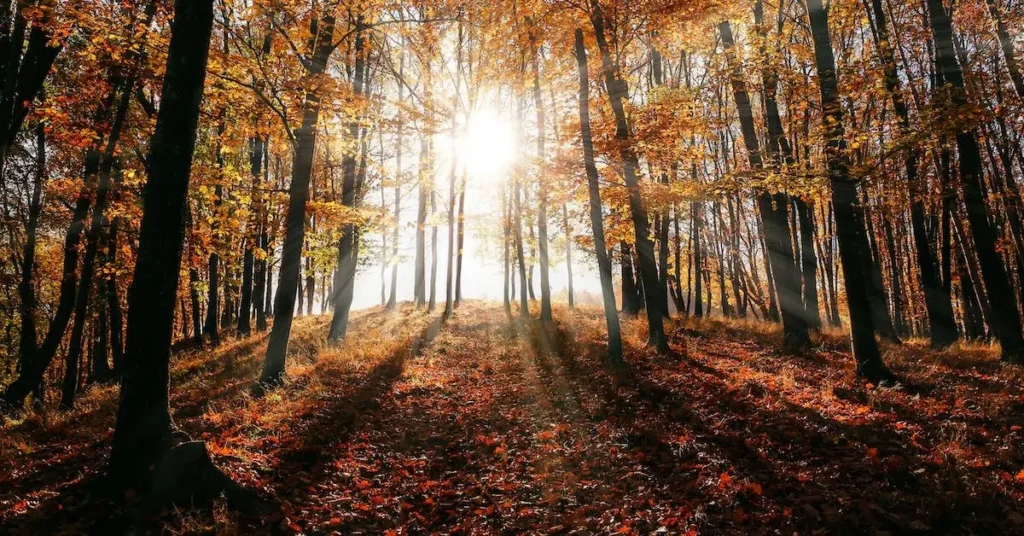
Creative Challenges For Landscape Drawing Ideas
As an artist, I’m always looking for new ways to challenge myself and push my creativity to the next level. One of my favorite ways to do this is through creative challenges. Here are a couple of ideas for landscape drawing challenges that I’ve found helpful:
Daily Drawing Prompts
One of the best ways to keep your creativity flowing is by setting aside time each day to draw. To make this daily practice more interesting, I like to use drawing prompts. These can be anything from a word or phrase to a specific subject matter. For example, you could draw a different tree every day for a week, or you could draw a landscape inspired by your favorite season.
To keep things fresh, I like to mix up the prompts every so often. You could even create your list of prompts tailored specifically to your interests and skill level. There are also plenty of resources online, like Robin Piree’s blog, where you can find lists of prompts to choose from.
Themed Projects
Another way to challenge yourself creatively is by taking on a themed project. This could be anything from a series of drawings based on a particular location to a set of drawings inspired by a specific color palette. The possibilities are endless!
One of my favorite themed projects was a series of drawings based on the seasons. I created four drawings, each one representing a different season. I used different colors, textures, and techniques to convey the feeling of each season. It was a fun and challenging project, and it helped me to develop my skills as an artist.
Whether you choose to use daily drawing prompts or take on a themed project, these challenges can help you push your creativity to new heights. They’re a great way to stay motivated and inspired as you continue to develop your skills as an artist.
What are the essential elements to include in a realistic landscape drawing?
When drawing a landscape, it is essential to include the horizon line, which separates the sky from the ground, and the vanishing point, which is where the lines converge. Other important elements to include are the foreground, middle ground, and background. The foreground should contain the most detail, while the background should be less detailed. Adding texture, contrast, and value to your drawing can also make it more realistic.
What techniques can I learn to improve my landscape painting skills?
There are several techniques you can learn to improve your landscape painting skills. One technique is to use a limited color palette, which can help you create a cohesive and harmonious painting. Another technique is to use different brush strokes to create texture and depth. You can also experiment with different lighting and shadow techniques to create a more dynamic painting.
What are some strategies for sketching landscapes quickly but with detail?
When sketching landscapes quickly, it is important to focus on the essential elements and not get bogged down in details. One strategy is to use gestural lines to quickly capture the overall shape and composition of the landscape. Another strategy is to use value sketches, which involve quickly blocking in the dark and light areas of the landscape to establish the overall tonal range. You can also use a viewfinder to help you focus on a specific area of the landscape and avoid getting overwhelmed by the entire scene.
If you liked this blog post about the topic: “Landscape Drawing Ideas”, don’t forget to leave me a comment down below to tell me about your experience with it.
Do you want to draw more? Maybe check my articles about Creative Drawing Ideas: Fun and Unique Ways to Get Inspired in 2024, Aesthetic Flower Drawing 2024: A Guide To Beautiful Sketches, or maybe something more cold, like Winter Drawing Ideas: Creative and Cozy Art Projects for the Cold Season 2023/2024.
